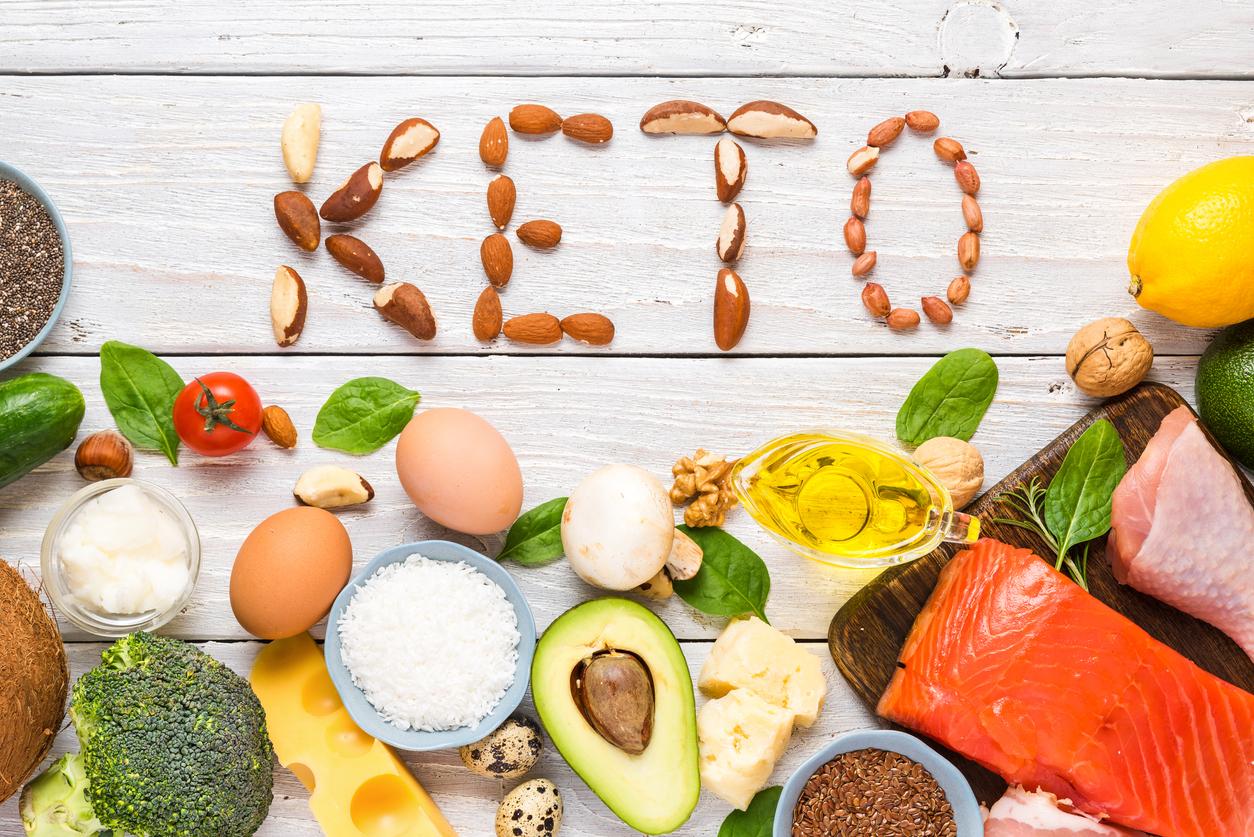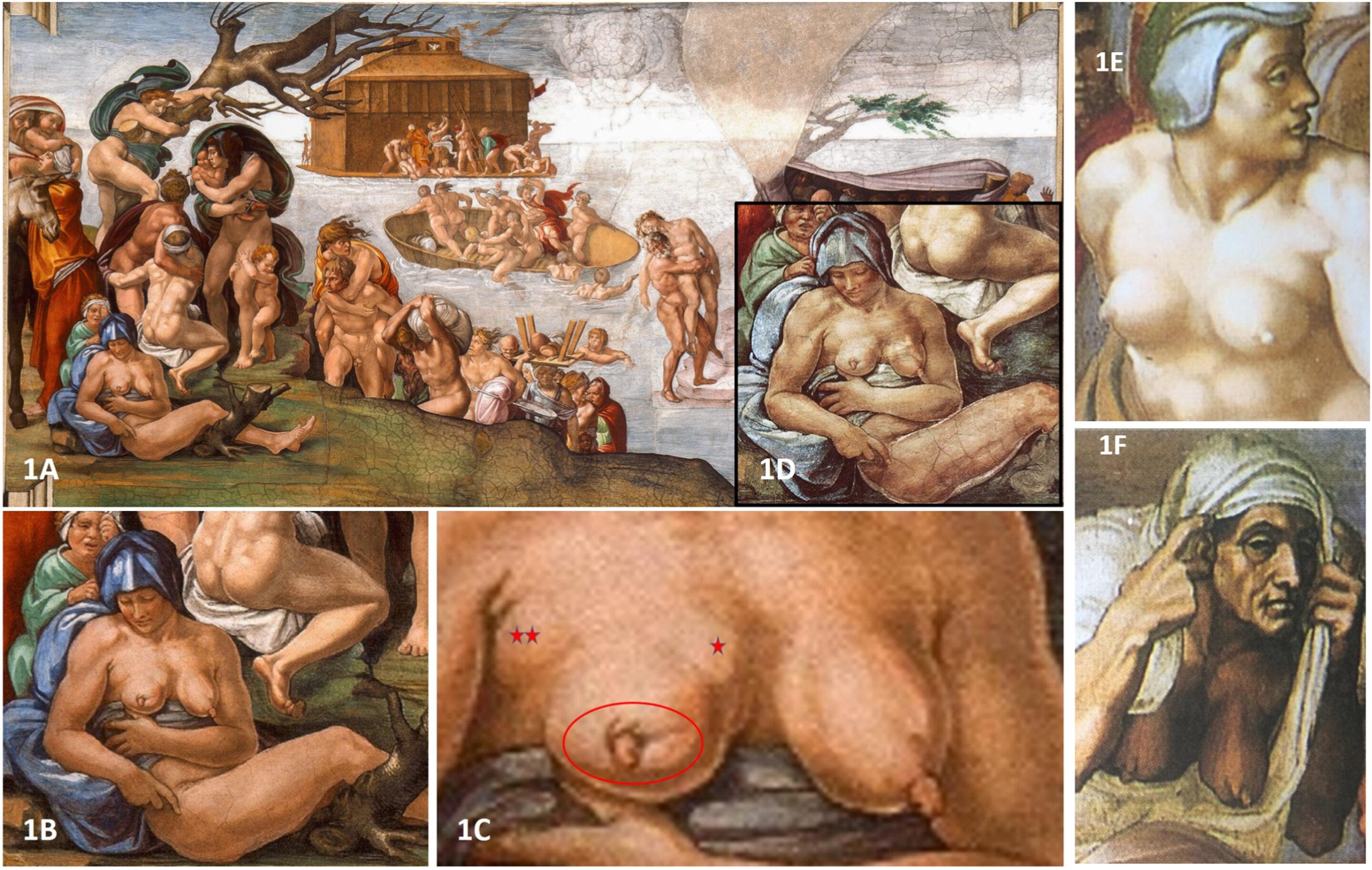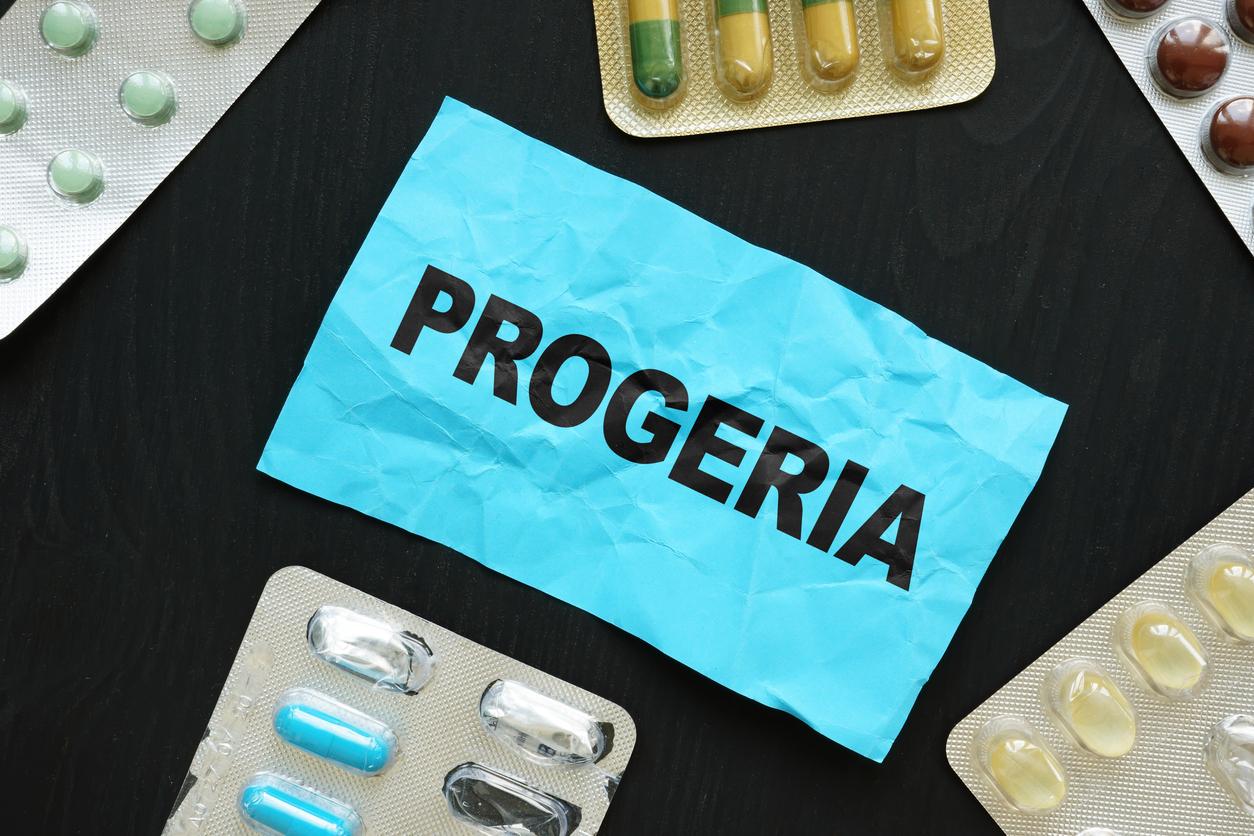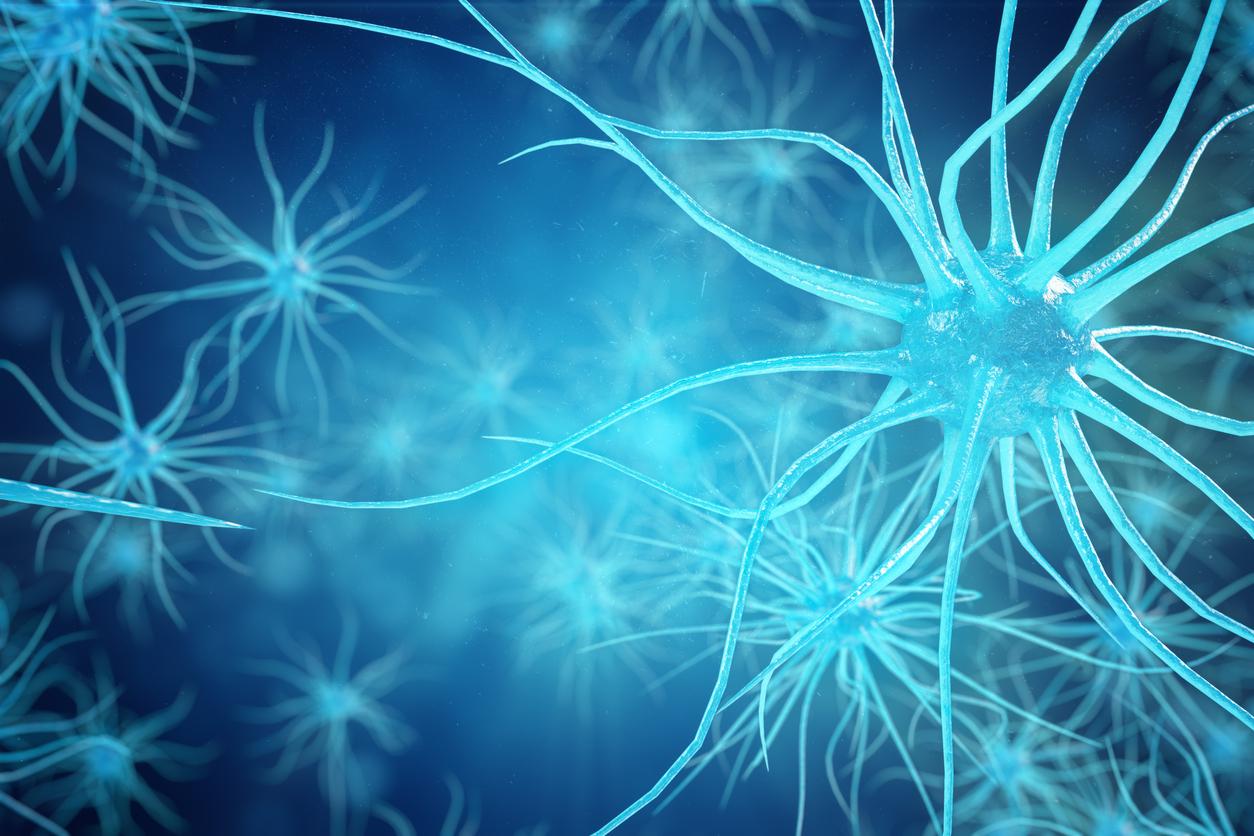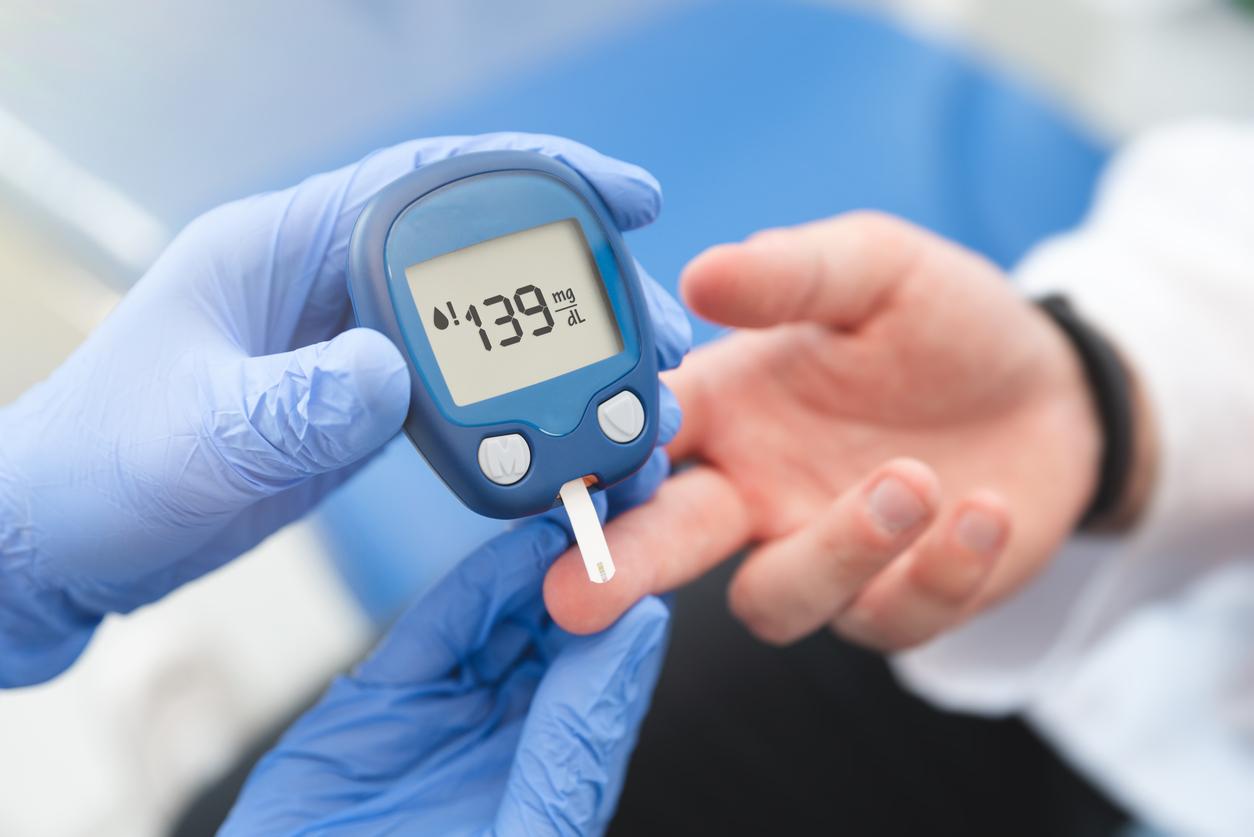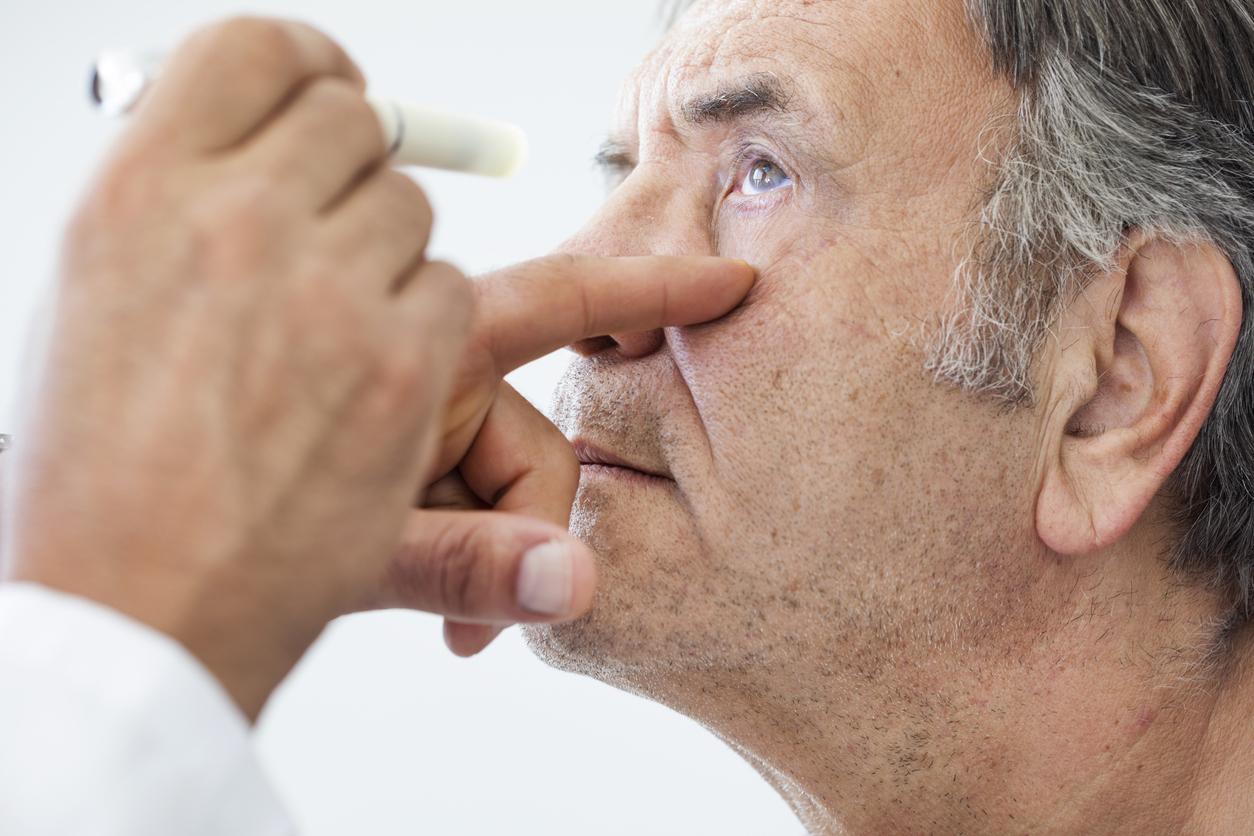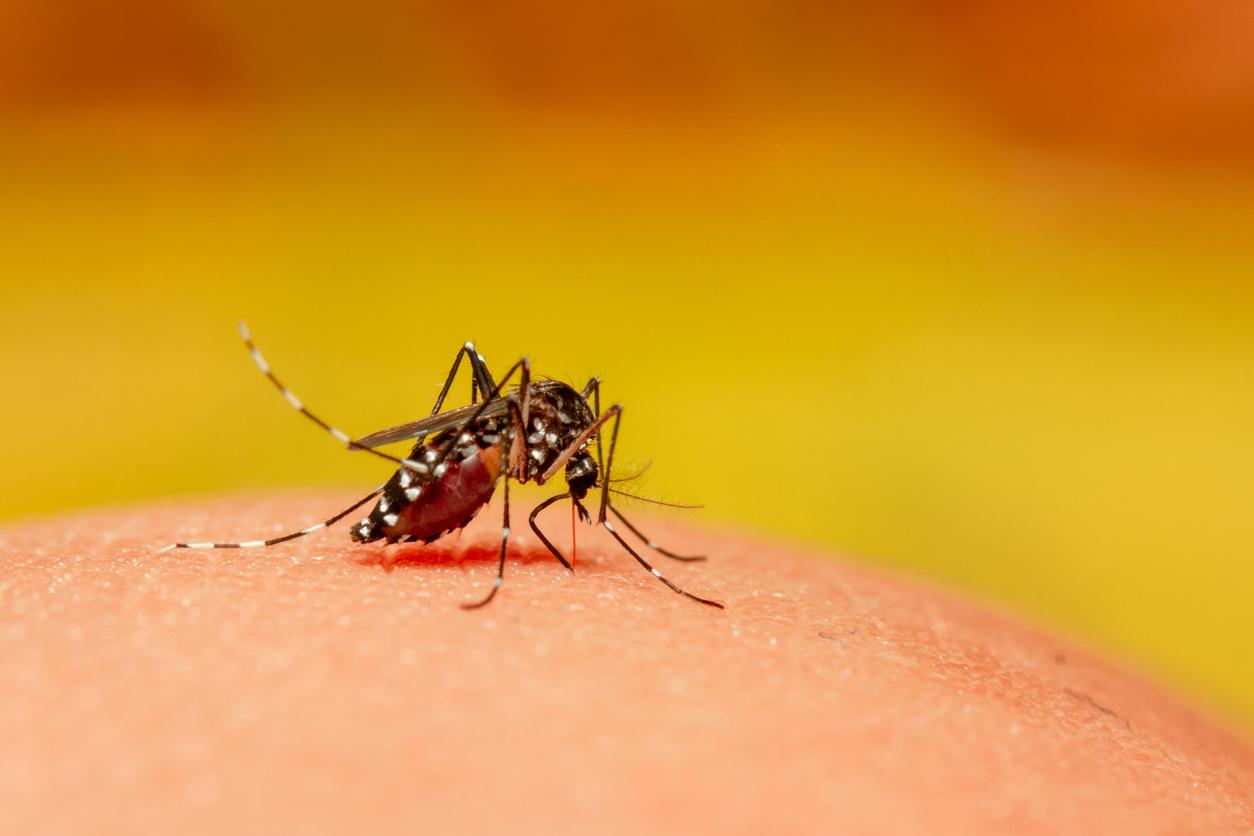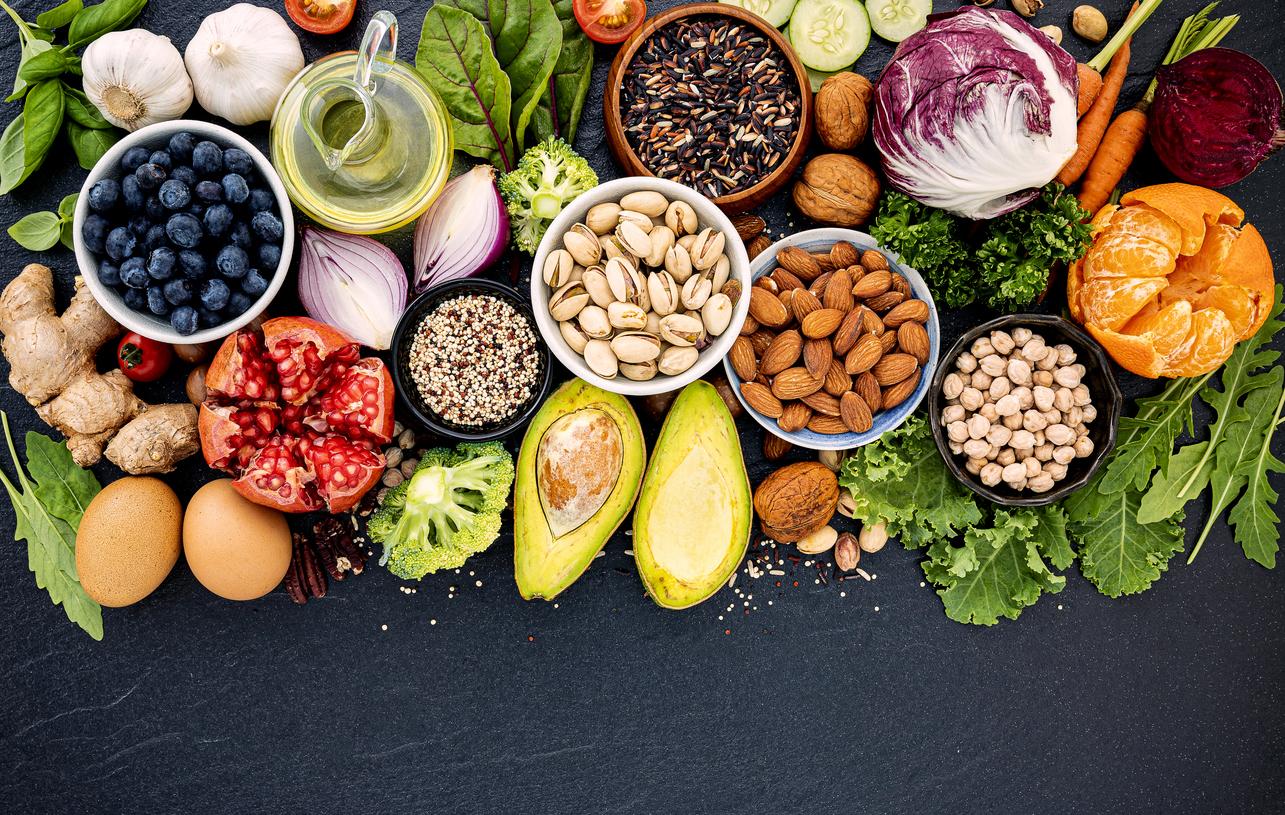Proteins are said to be “the bricks” of the human body: they are indeed part of the constitution of muscles and bones, skin and appendages (hair, nails), numerous enzymes, hormones, antibodies, cerebral neurotransmitters. These macronutrients are large molecules, kinds of chains whose links are made up of amino acids that are articulated in a specific order to give each protein its particularity. There are 22 different amino acids, and if some can be synthesized by the body, 9 of them, called essential, must be provided by food. When you eat a protein food, it is broken down during digestion, and the body “reknits” the proteins it needs…
Not too much protein for kids
As long as the child is breastfed or bottle-fed, there are no questions to ask: infant foods are regulated to provide the right dose. But it gets complicated with food diversification: it is established that, from 5-6 months, many children consume too much animal protein, sometimes twice the recommendation. “This overloads their kidneys (immature up to 3 years old), and increases the risk of obesity. Do not force the dose: from 6 to 8 months, the ration is 10 g per day of meat or fish, the equivalent of 2 teaspoons. It increases over time to reach, at 5 years, 50 g per day or 1 egg. A child of this age should therefore not eat a whole minced steak, but barely half! It is not a question of depriving him, but of respecting his needs”,explains Jeanne Laurent, dietitian.
It is therefore necessary not to serve him meat again in the evening if he has eaten it for lunch in the community. Pediatricians also advise up to 3 years to keep growing-up milk, less rich in protein than cow’s milk, certainly less expensive, but unsuitable.
Adults: neither too much nor too little…
The protein dose recommended by the National Food Safety Agency (ANSES) is 0.83 g per day and per kilo of body weight for a healthy adult under 60 (i.e. 50 g for a 60 kg woman, and 70 g for an 85 kg man). Here again, we tend to “do too much”: the INCA study (led by ANSES) showed that the average ration of French women was 73.5 g per day (100 g for men). An excess that induces renal overload, and acidifies the body, which promotes demineralization, joint pain…
However, two categories of people must increase – slightly – their intake: the elderly and pregnant and breastfeeding women, with at least 70 g/day (i.e. 1.2 g per kilo of body weight). “In the elderly, it is sometimes difficult (with age, consumption tends to decrease, especially in women whose appetite for animal protein often decreases from the menopause), yet essential: it is a question of limiting natural muscle wasting linked to a modification of protein metabolism (the body manufactures and stores less protein in the muscles)”, notes our expert. A 2016 Inserm study conducted in Bordeaux showed that sufficient protein intake (at least 1 g/kg/d) protected seniors from nearly 60% of the “risk of frailty” (fatigue, muscle weakness, slow walking, unintentional weight loss, etc.).
>> Beware of “protein cocktails” : some athletes and fitness enthusiasts strongly abuse proteins (with shakers or omelettes with 4 egg whites) to “build muscle”. “It’s really not a good idea, warns Jeanne Laurent, too high doses of animal protein tire the kidneys (increasing the risk of kidney pathologies) and lead to an increased quantity of nitrogenous waste products such as urea, ammonia and uric acid… The latter can cause tendonitis, joint pain and strains, but also gout attacks and kidney stones, especially if you don’t drink enough! As for high-protein slimming diets based on powders, they must be avoided for the same reasons (in addition to being followed by a rebound effect, and to move away from a real diet). »
Animal or vegetable proteins?
In France, 60% of protein intake is provided by animal products according to ANSES, which recommends not to neglect proteins of vegetable origin. However, we have heard a lot that the quality of the latter, linked to their proportions of certain essential amino acids, was not as good… So, should we fear deficiency if we eat less meat? The answer is no: in France, many non-carnivores consume eggs and dairy products, sometimes fish. The NutriNet Santé study reports that the average dose of protein consumed was 84 g/day for carnivores and 64 g for non-meat eaters, which, for a 60 kg woman, is still higher than the recommended intake (about 50 g).
As for the “lower” quality of plant proteins, it should not be a cause for concern according to a study published in 2019 in the journal “Nutrients” which reveals that plants rich in protein (legumes, nuts and seeds) are sufficient for a satisfactory intake for vegetarians (and even for vegans!), and that the variety of protein sources (we don’t just eat rice or beans) makes it possible to provide a completely sufficient panel of amino acids.
>> The recommended protein dose is not equal to the weight of the food : 70 g of protein are not 70 g of chicken breast, salmon, lentils or ham! It all depends on the protein ratio, which differs depending on the product. A benchmark to avoid cooking with your calculator? The piece of steak or cod in a meal corresponds (approximately) to the size of the palm of your hand, and the volume of your closed fist is that of a ration of legumes or starches.
Our expert : Jeanne Laurent, dietitian-nutritionist in Bordeaux.
Read also :
- 9 protein salads…without meat
- 9 Kidney Bad Foods



